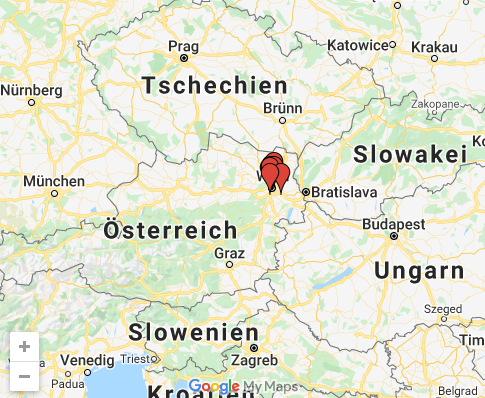Today I want to show a small part of Vienna, it's really only a small part, as much as we could do in one day in the city. My girlfriend visited me from Germany last autumn and she really wanted to visit Vienna, so we left in the morning and came back in the evening.
First we visited the museum, Unfortunately it was closed and so we could only admire it from the outside.
Then we visited the biggest market in Vienna and of course we bought a lot, a lot more than we actually wanted😃
Finally we visited the Leopoldsberg,here, high above the city, stands the monument to the Ukrainian Cossacks on the Leopoldsberg in Vienna. The Cossacks helped liberate the city from the Turks in 1683.all in all it was a wonderful day.
THE Ernst Fuchs MUSEUM
The Otto Wagner Villa, now known as the Ernst Fuchs Museum, is a valuable architectural monument that was threatened with decay for a long time and was eventually even demolished. The villa owes the fact that this did not happen to its current owner, the "Heros Eponymos", the draftsman, painter, sculptor and architect Ernst Fuchs.
Ernst Fuchs discovered the abandoned villa in the late 1930s. At that time still a child from a poor background, he promised his mother that he would give her the house once he became a rich painter. He kept an eye on the Otto Wagner Villa for more than three decades. In the 1960s he organized a rescue operation with his fellow painters Friedensreich Hundertwasser and Arnulf Rainer. But nobody had the courage to support him. In 1972 he finally acquired the enchanted building from his own funds. In doing so, he not only saved the Otto Wagner villa from demolition, but also rehabilitated it
The best construction and arts and crafts plans. Much of the villa was restored and renovated in the spirit of Otto Wagner. Since the interior was not preserved, furniture and wallpaper, door handles and other things were designed and supplemented according to designs by Ernst Fuchs.
Until 1986, the Fuchs Villa served as a studio for the legendary founder of the Vienna School of Fantastic Realism. Famous personalities such as Placido Domingo, Edward Teller, Oskar Werner and Falco were portrayed here by the master. Grace Kelly, Curd Jürgens and Yoko Ono visited their artist friend Ernst Fuchs here. In 1988 Ernst Fuchs fulfilled his lifelong dream. The Ernst Fuchs Museum was opened and the Otto Wagner Villa opened its doors to visitors from all over the world. Its magnificent rooms can now be visited throughout the year. A retrospective on the artistic work of Ernst Fuchs leads chronologically through the rooms on the bel floor and the first floor.
Not only early drawings from the 1940s, precious miniature paintings from the 1950s, the large pencil drawings from the 1960s, but also monumental paintings such as "The Sign of Moses" from 1978 can be viewed here in the original every day Guided tours take place daily.The Roman bath with mosaics by Kolo Moser and the unique watercolor cycle "Lohengrin" by Ernst Fuchs, as well as the small gallery with painted and carved furniture, sculptures and precious graphics by the master can be visited as part of a guided tour, but also are visited by individual guests.
Marcel Brion describes the symbiosis of Otto Wagner and Ernst Fuchs in an essay that can be read in the bibliophile museum catalogue. Here he describes Ernst Fuchs as a “visionary who sees through things”, as a “chronicler of unknown worlds”. “Not a specific ancient or modern myth, but Ernst Fuchs' own mysticism, in which everything or almost everything from his work resonates; not an education in the history of religions, not a skillful historical portrayal by an academic painter, but a mythology without precedents that includes them all, culminating in a hybrid marriage of hybrids invented or rediscovered by himself, melting pots of belief and intuition, superstition and liturgy, illumination and Nightmares, things that are hardly imaginable and things that are sensed in a visionary way. A world unto itself, a true world.” Fox about Fox, Marcel Brion, 1978 Piper Munich


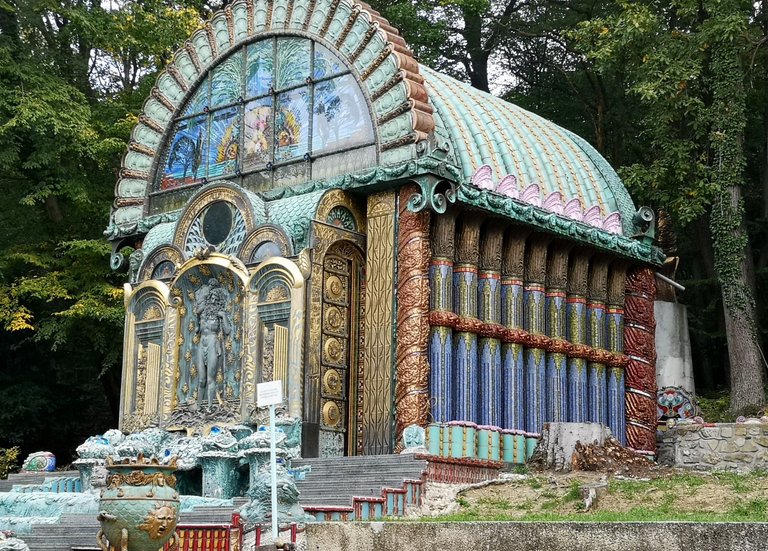
Market stalls with a bazaar feeling
With over 170 stalls, shops and restaurants, the Naschmarkt stretches from the Kettenbrückengasse to the Getreidemarkt. It is located between the left and the right Wienzeile, below it runs the Wien river - but also on the surface the crowds seem to flow through the market rows.
Because of this unmistakable bazaar feeling, you simply have to see the Naschmarkt. Social classes are also blurred here, and etiquette, which is otherwise much more respected, no longer plays a role: business people in tailor-made suits enjoy the special flair of the Naschmarkt just as much as busy housewives or sleepy students. The Naschmarkt is alive, changing and evolving as a vibrant part of Vienna.
At the Naschmarkt, social classes mix, and etiquette, which is otherwise much more respected, plays no role: Business people in tailor-made suits enjoy the special flair of the Naschmarkt just as much as their companions in elegant suits and high heels, busy housewives or sleepy students who have too much to do at night celebrated or learned too much. The Naschmarkt is alive, changing and will continue to develop, is a vibrant district of Vienna - and therefore loved.



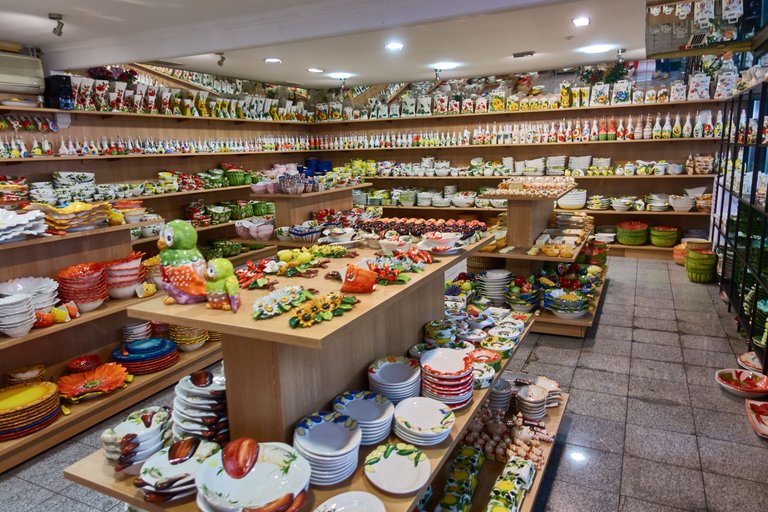

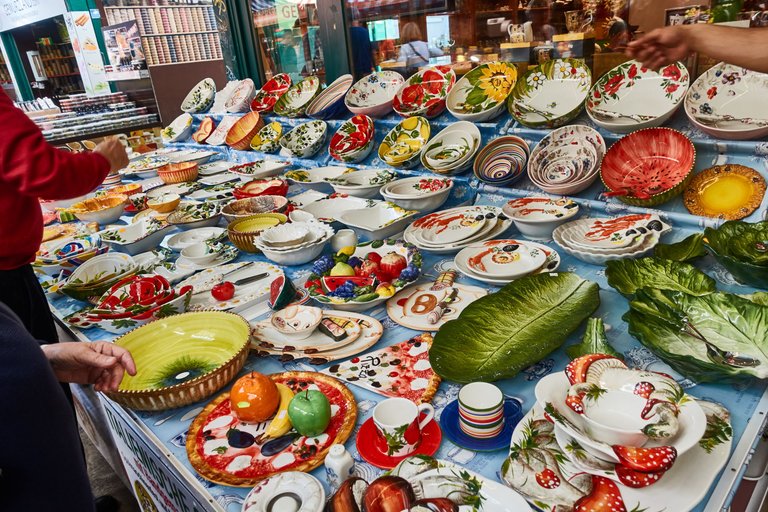
Around the market the beautiful architecture














The Leopoldsberg is a 425 meter high hill in the 19th district of Vienna, Döbling.

View of Vienna and the Danube River




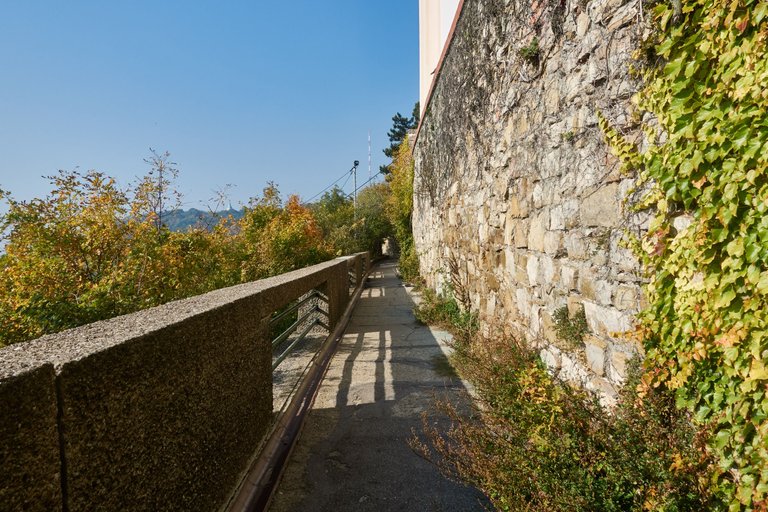
Monument to Ukrainian Cossacks,they helped liberate Vienna from the Turks in 1683

